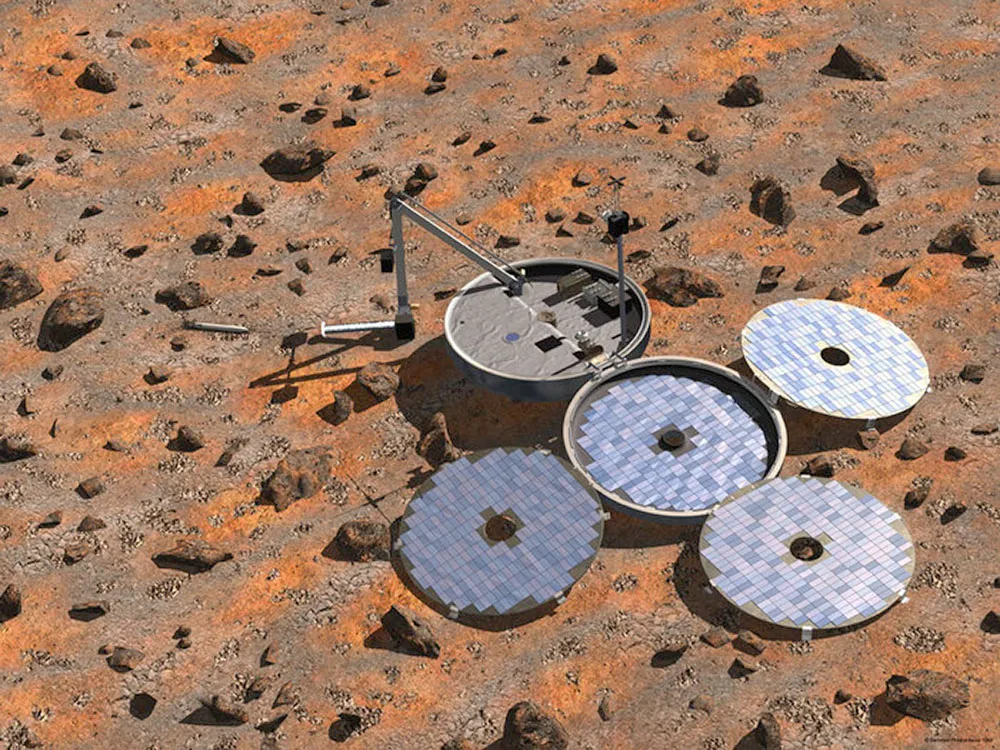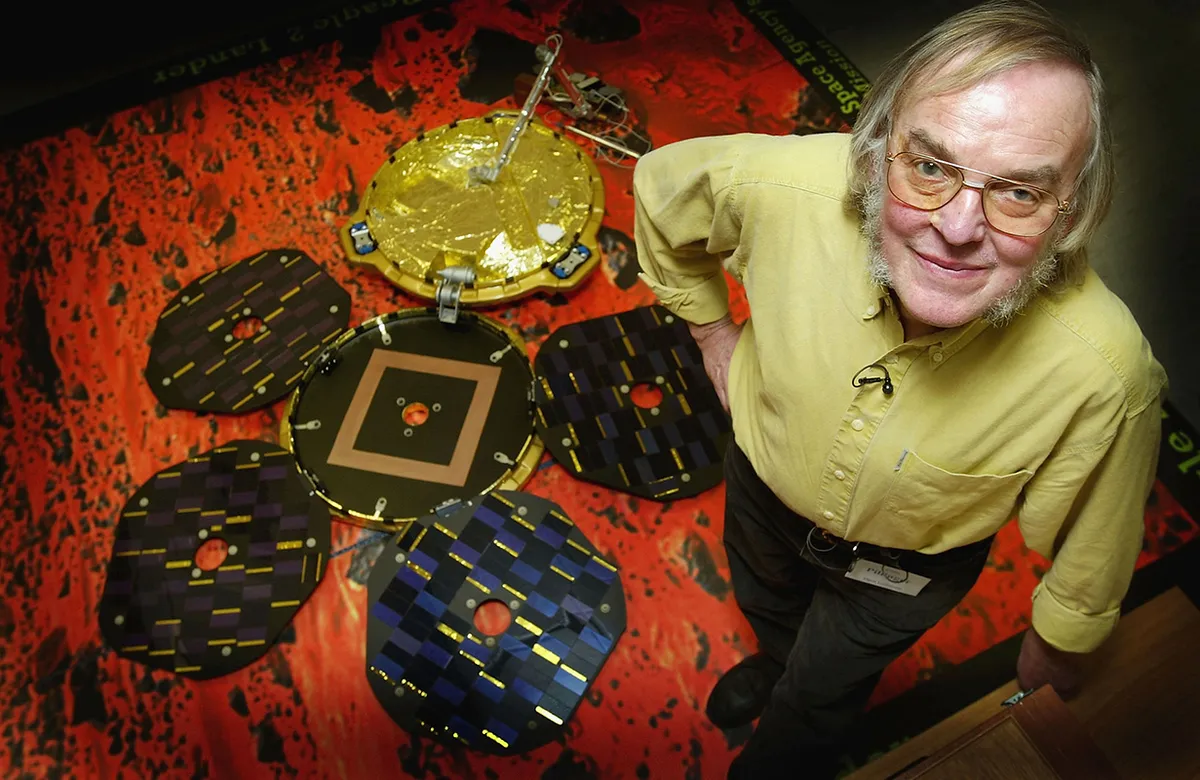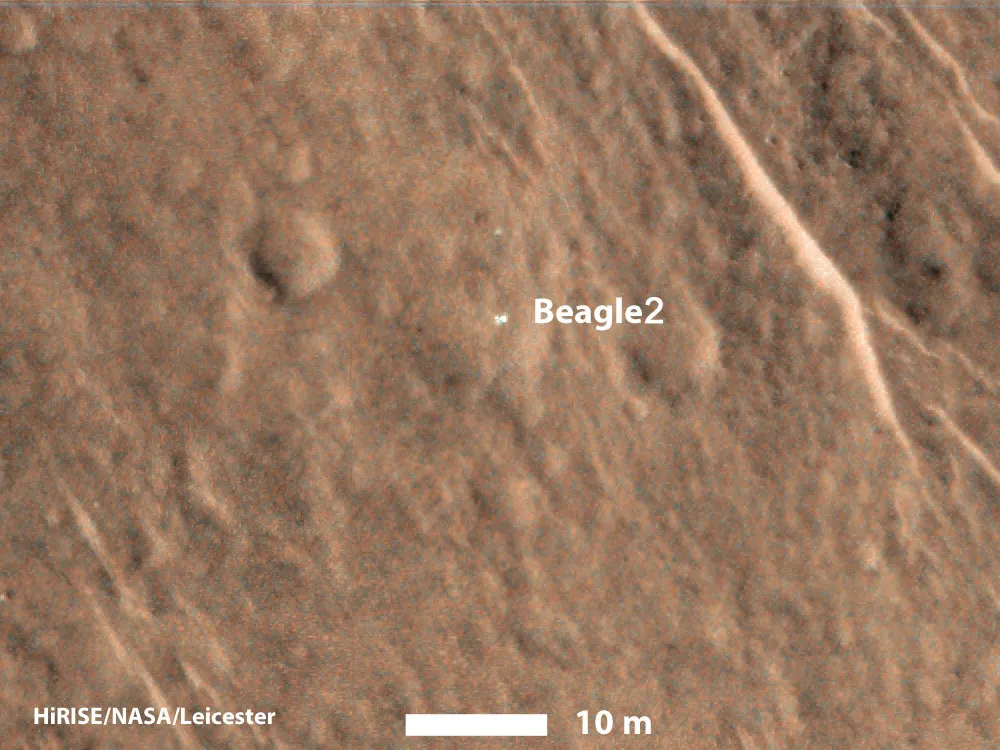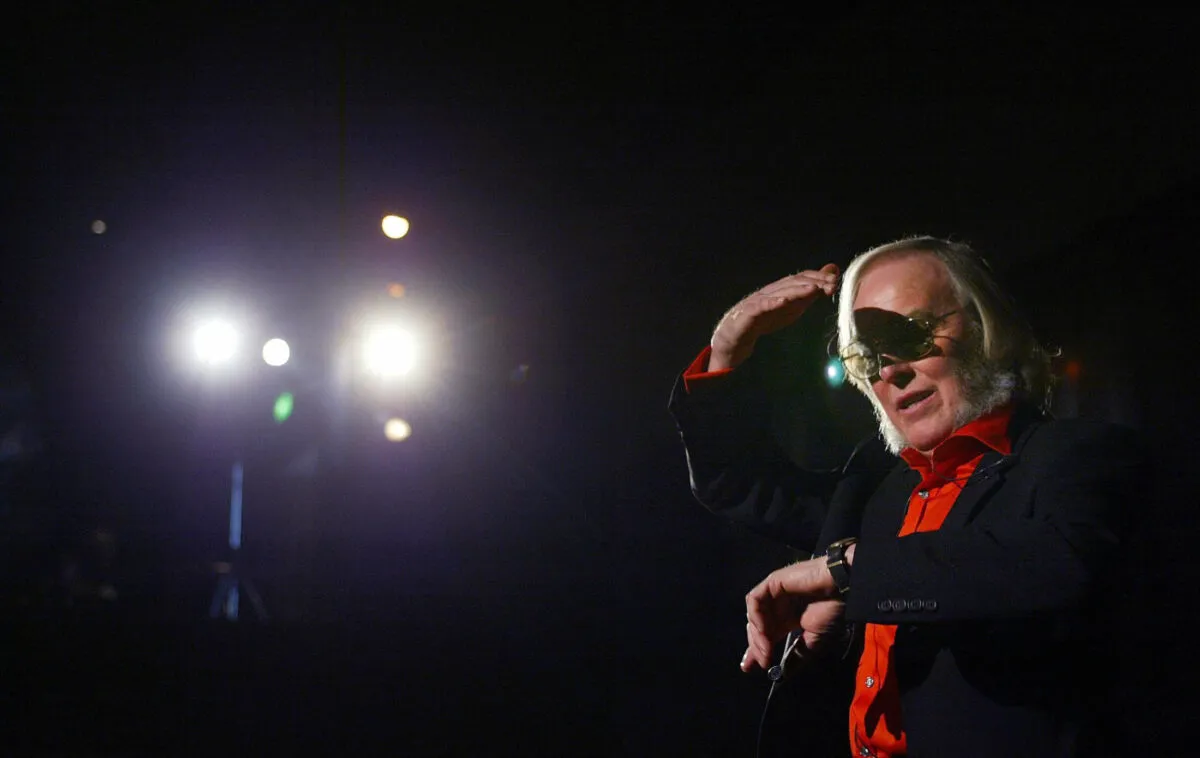I used to joke that one day I would like to retire to Mars and find out what became of Beagle 2.
Because of its high profile, the British probe’s silence following its supposed touchdown on the surface of Mars became one of the enigmas of modern space science.
But after 11 years, in 2015 the dark the fate of the Beagle 2 lander was finally revealed
More about Mars:
- Are Mars volcanoes still active?
- How is the UAE Hope probe exploring Mars?
- Could humans be too heavy to land on Mars?
What was Beagle 2?

Launched on 2 June 2003 aboard Mars Express, Beagle 2 was a small and very compact lander that was supposed to touch down on the Red Planet and search for signs of life.
Initial lander concepts for the Mars Express mission were rejected due to lack of funding, but instead a Mars exobiology mission was put forward.
Beagle 2 was the lander designed to carry this out, created by a consortium of British academics led by the late Prof Colin Pillinger, working to the stringent budget, mass and volume requirements required by the project.

All seemed to go well when the lander was released from Mars Express but, although touchdown was due on 25 December 2003, the hoped-for signal never came.
Over the following months repeated attempts were made to contact Beagle 2, including with the 76m Lovell radio dish at Jodrell Bank, but by February 2004 the lander was considered missing.
What happened to Beagle 2?

Some thought that the complex landing system may have failed, causing the probe to crash, but the enquiry set up to work out what went wrong concluded that "...no definitive cause of the failure can be identified due to lack of data – radio, telemetry or visual."
Other theories suggested the spacecraft may have become entangled in its own parachute and crashed to the surface.
Fast forward to January 2015 and the release of a series of pictures taken by NASA’s Mars Reconnaissance Orbiter over a number of months.
These images showed a group of objects on the surface of Mars that looked as if they could be components of the Beagle 2 lander, and rather than smashed debris, the remains looked to be intact.
The images indicated that the lander had not crashed but had achieved a a soft landing.
It was seen on the surface with two of its four solar panels undeployed, thus trapping the communications antenna and rendering the probe silent.
So what can we take from the Beagle 2 story? Should we be sad that the mission was dramatically cut short, or happy that it was found?
Was Beagle 2 a failure?

Although Beagle 2 has been seen as a failure by some, this now appears not to be the whole story. Missions to Mars have always been challenging and to date they have a failure rate of around 50%.
So this successful touch down on the surface should be celebrated as verification of the mechanisms that slowed the spacecraft down to a soft landing.
What’s more, the lander has seeded technology to other missions such as ExoMars, the ESA probe that will autonomously search for life on Mars.
Team members who worked on the Beagle 2 project have expressed mixed feelings: joy at finally finding out what happened to the probe; regret that the mission got so close to success; and sadness that Prof Colin Pillinger, who died 0n 7 May 2014 and was the powerhouse behind the project, never found out the whereabouts of his brainchild.
This article originally appeared in the March 2015 issue of BBC Sky at Night Magazine.
